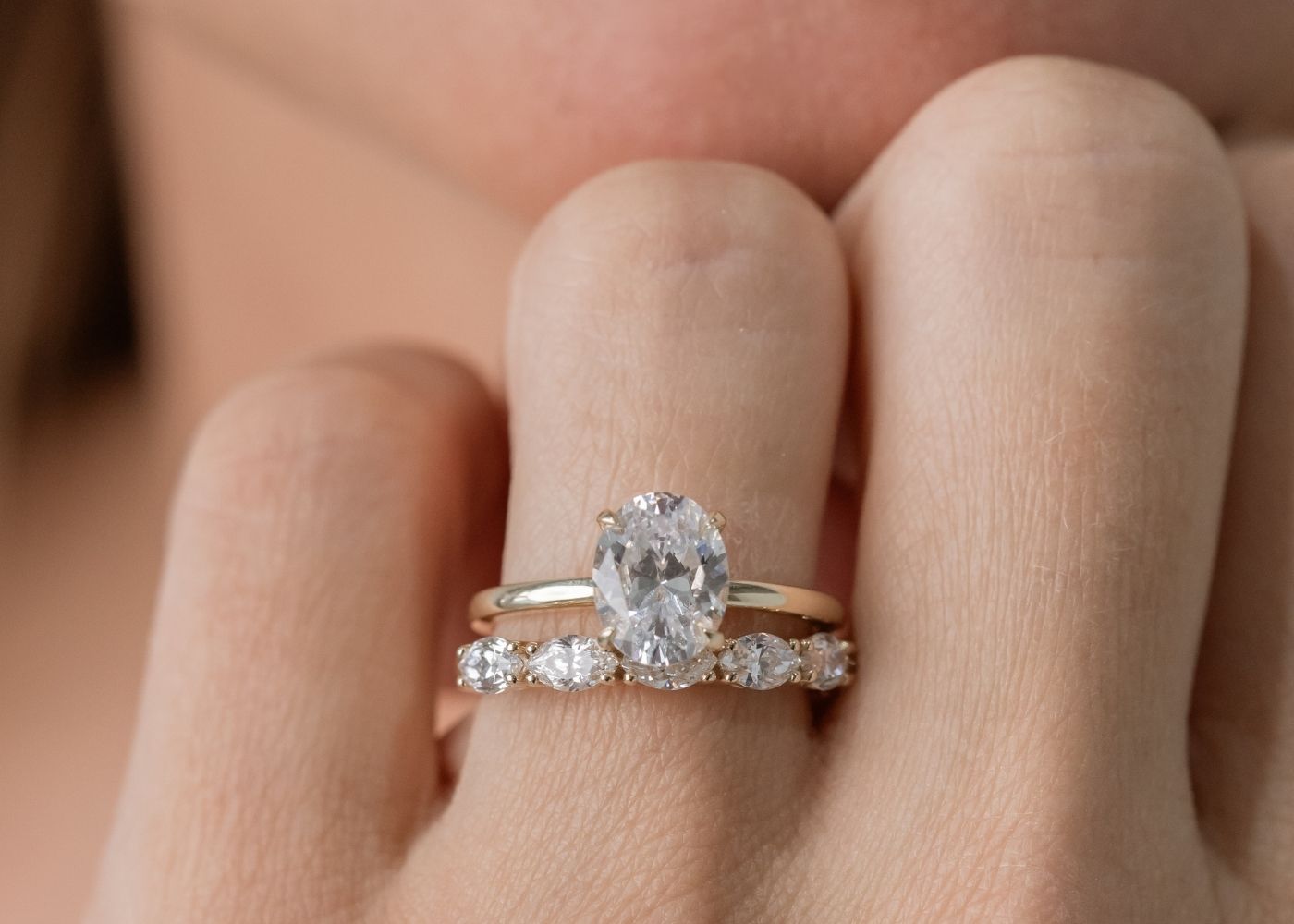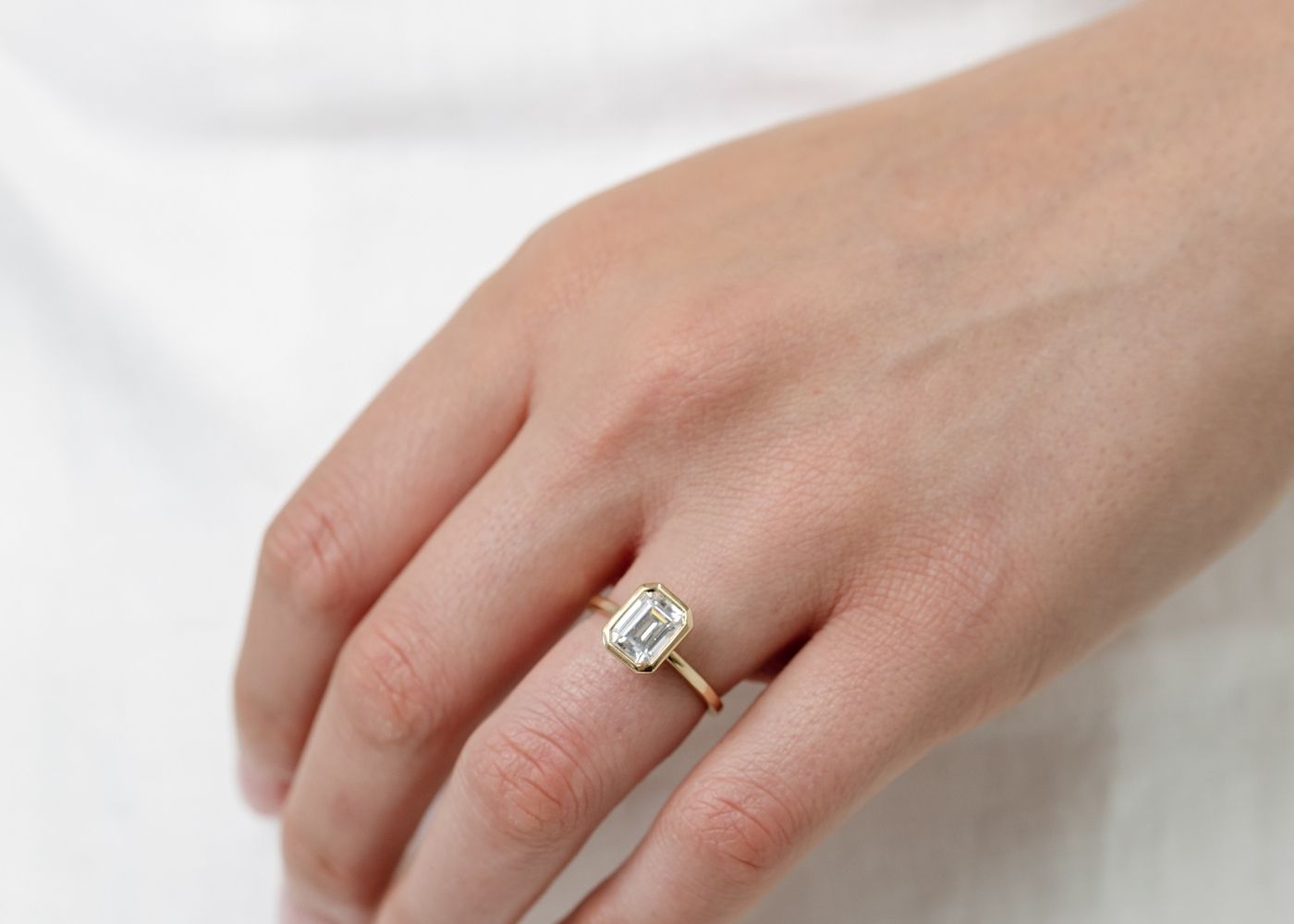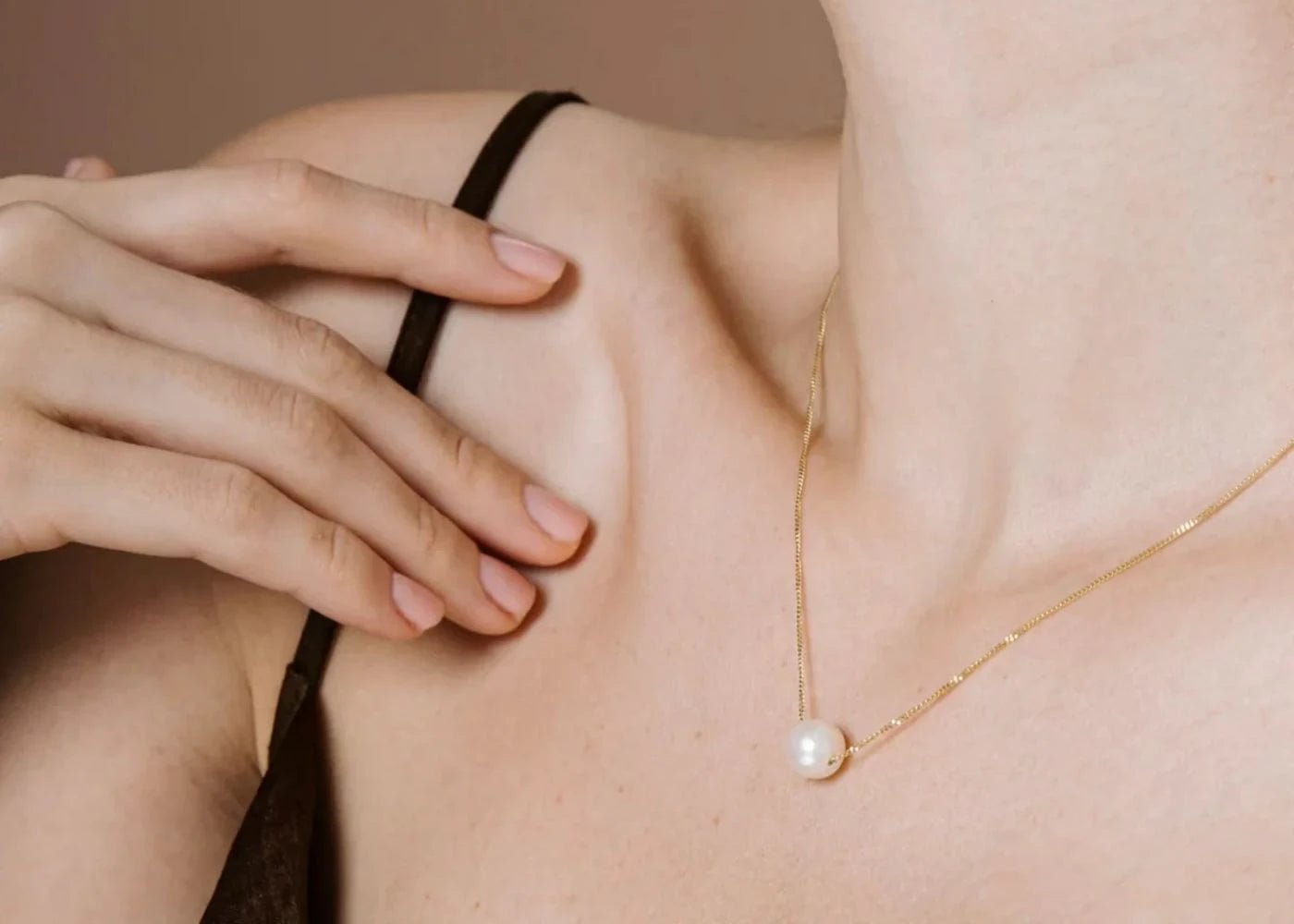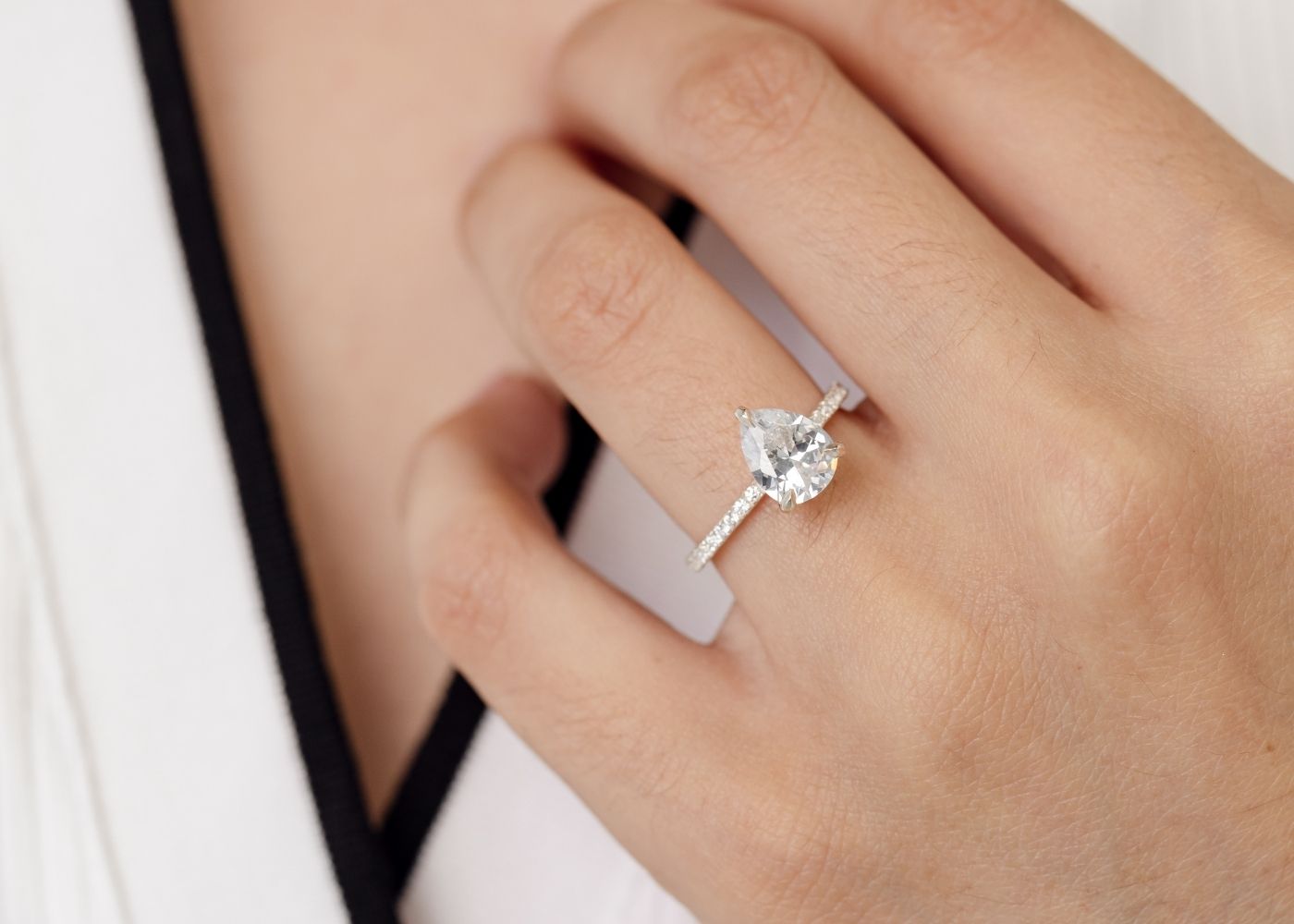Tiara
Description and Models of Tiaras
- Modern tiaras are (semi-)circles made of silver, gold, or platinum.
- Tiaras can also be made from tortoiseshell, coral, quartz, horn, or aluminum.
- They are richly decorated with precious stones, pearls, or cameos.
- Common decorative elements include arcs, garlands, circles, stars, and stylized flowers or leaves.
- Tiaras can contain hundreds to thousands of gemstones, with diamonds being the most common.
- Bandeau: a tiara in the shape of a ribbon or hairband.
- Kokoshnik: a tiara with a massive wall of gemstones, based on the Russian headdress.
- Circlet: a tiara that extends around the circumference of the head.
- Fringe: a tiara with a fringed trim of diamonds, also wearable as a necklace.
Wearing, Comfort, and Etiquette
- Tiaras are worn on the head or around the forehead, depending on the model and fashion.
- Wearing a tiara can cause headaches, so they are often attached to a cushioned supporting frame.
- Some tiaras can be disassembled and worn as individual elements like a necklace or brooch.
- Tiaras may be part of a matching set called a parure, which includes other jewelry pieces.
- Tiaras are worn at events with a white tie dress code, excluding events in hotels.
- Any woman can wear a tiara to events with a white tie dress code, regardless of title.
- Traditionally, young women only wore tiaras after marriage, usually owned by their birth family.
- Married women should wear tiaras owned by their husband's family or their own personal property.
- Unmarried princesses were allowed to wear tiaras from the age of eighteen.
- Special black tiaras made of jet, onyx, glass, or steel are worn with mourning clothes.
History of Tiaras
- The word 'tiara' originates from Persian head-dresses encircled by diadems.
- Ancient Greeks and Romans used gold to make wreath-shaped head ornaments.
- Tiaras and diadems declined with the fall of the Roman Empire and the rise of Christianity.
- European princesses and queens wore crowns, and brides wore bridal crowns in the Middle Ages.
- Tiaras became popular in the late 18th century, inspired by Neoclassicism and the Empire style.
20th and 21st Century Trends
- Jugendstil and Art Nouveau blurred the line between jewelry and art.
- René Lalique and Henry Wilson created artistic tiaras.
- Tiaras became less fashionable after World War I due to social and economic changes.
- Tiaras were designed to be easy to wear with short hair during the Art Deco period.
- Tiaras briefly reappeared in the 1960s with the high-cropped beehive hairstyle.
- Tiaras are now worn almost exclusively at state banquets, royal weddings, and coronations.
- Some auction houses and jewelers have seen increased interest in tiaras in the 21st century.
- Versace made a tiara worn by Madonna.
- The Danish royal family has a tiara designed in 2009 for an exhibition.
- Tiaras are no longer required at white-tie occasions.
Collections and Costume Jewelry Tiaras
- Queen Elizabeth II has the largest and most valuable collection of tiaras.
- Many of her tiaras are heirlooms of the British royal family.
- Queen Mary purchased the Grand Duchess Vladimir tiara and had a tiara made for the Delhi Durbar.
- The Swedish, Danish, Dutch, and Spanish monarchies have tiara collections.
- The Romanov dynasty had a collection until the revolution of 1917.
- The Iranian royal family had a large collection of tiaras, now housed at the National Jewelry Museum in Tehran.
- Realistic copies may be made and worn in place of exceptionally old and valuable tiaras.
- Queen Mary of the United Kingdom wore the Grand Duchess Vladimir tiara.
- Empress Farah Pahlavi of Iran had a tiara.
- The midnight tiara was made in 2009 and worn by Crown Princess Mary of Denmark.
- Tiaras made of non-precious materials are considered costume jewelry.
- They are worn on special occasions such as homecoming, prom, quinceañera, and weddings.
- Beauty pageant winners and children dressing up as Disney princesses also wear them.
- Plastic, rhinestones, and Swarovski crystals are common materials for costume jewelry tiaras.
Tiara Data Sources
| Reference | URL |
|---|---|
| Glossary | https://harryandcojewellery.com.au/blogs/glossary/tiara |
| Wikipedia | http://en.wikipedia.org/wiki/Tiara |
| Wikidata | https://www.wikidata.org/wiki/Q749249 |
| Knowledge Graph | https://www.google.com/search?kgmid=/m/01krhy |





